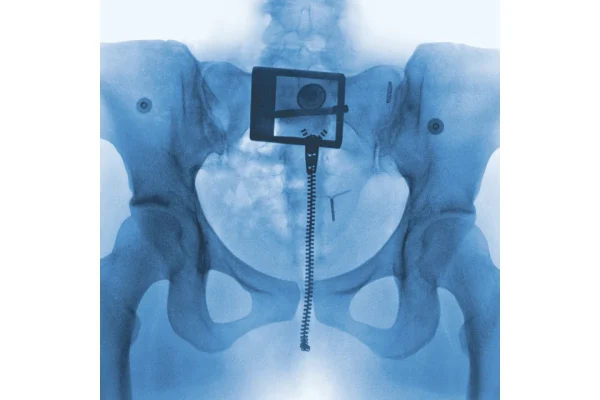Things you need to know about the flu vaccine
By Joanne Talarek RN, BSN, ANP
Director, Graham Health Center
GUEST COLUMNIST
There are likely as many excuses for not getting an annual flu vaccine as there are people who don’t get them — and I think I’ve heard most of them.
Some people believe the flu vaccine does not work, and, indeed, the 2007 serum was not as well matched to the circulating strains of the influenza virus as we would have liked, providing only about 60 percent protection. The Centers for Disease Control has predicted a much better match this year, so the vaccine should be 70-90 percent effective in preventing infection. Those who do become infected will likely have a less severe illness with lower rates of complications and death if they have been vaccinated.
My favorite excuse is, “Every time I get the flu shot, I get the flu.” I respond, “Just like babies can be fussy for a day or two after getting their ‘shots,’ so can grown-ups!” Because the vaccine is synthesized from inactivated virus, it isn’t possible to get influenza from the shot. All immunizations can cause mild fatigue, headache, body aches or slight elevation in temperature as the body’s immune system gears up and responds to the vaccine. Extra fluids, Tylenol or ibuprofen, plenty of sleep and avoiding alcohol will relieve these symptoms. The worst side effect you are likely to get is a sore arm. If you don’t want a shot, try the nasal spray. It is made from a weakened live vaccine and should not be given to the very young, elderly, or patients with compromised immune systems.
Other patients tell me, “I’m healthy; I never get the flu.” While most complications and death occur in patients who are less than 2 years old or over 65, it is important for everyone to get the flu vaccine. Each year 5-20 percent of Americans get the flu, causing 200,000 hospitalizations and 36,000 deaths. Those “uncomplicated” cases cause many problems: lost school and work days, spoiled vacations, and poor performance on exams, for example. These patients spread infection to those less able to recover.
Influenza is an upper respiratory infection. Flu typically starts with a sore throat and runny, stuffy nose. The illness quickly progresses to fever, headache, body aches, dry cough and extreme fatigue. Sometimes in children, stomach nausea, vomiting or diarrhea may accompany the flu, but these are not the primary symptoms. Complications include pneumonia, ear infections, sinus infections, dehydration, or worsening of other conditions such as asthma, diabetes or congestive heart failure.
Flu is mainly spread through coughing and sneezing, or touching your mouth or nose after having touched surfaces with flu virus on them. People may be contagious for one day before symptoms develop and up to five days after.
In addition to vaccination, healthy habits may help prevent the spread of flu. Hand washing is key to preventing the spread of any infection. When hand washing is not possible, use an alcohol based hand sanitizer. Avoid touching your eyes, mouth and nose. Cover your cough/sneeze with disposable tissue and wash your hands afterward — or cough into your upper sleeve when a tissue is not available. Avoid close contact with people who are ill and stay home when you are sick if possible.
There are many good reasons to get vaccinated against the flu. The only good reasons NOT get flu shots to include severe egg allergy (get the nasal spray form of the vaccination), history of Guillain-Barre Syndrome following flu vaccine, or current illness with fever. These folks should wait until they are well to receive their vaccine. For more information, check the Infection Prevention and Control website at www.oakland.edu/ouipc or the Graham Health Center website at www.oakland.edu/ghc.
Flu vaccines are available for $15 at Graham Health Center every Thursday morning in October between 8:30 and 11:00 a.m., or by appointment — call (248) 370-2341. For HAP or Blue Care Network coverage, the Visiting Nurse Association will be giving flu shots at the Employee Health Fair 10 a.m.-2p.m. Wednesday, Oct. 29.







